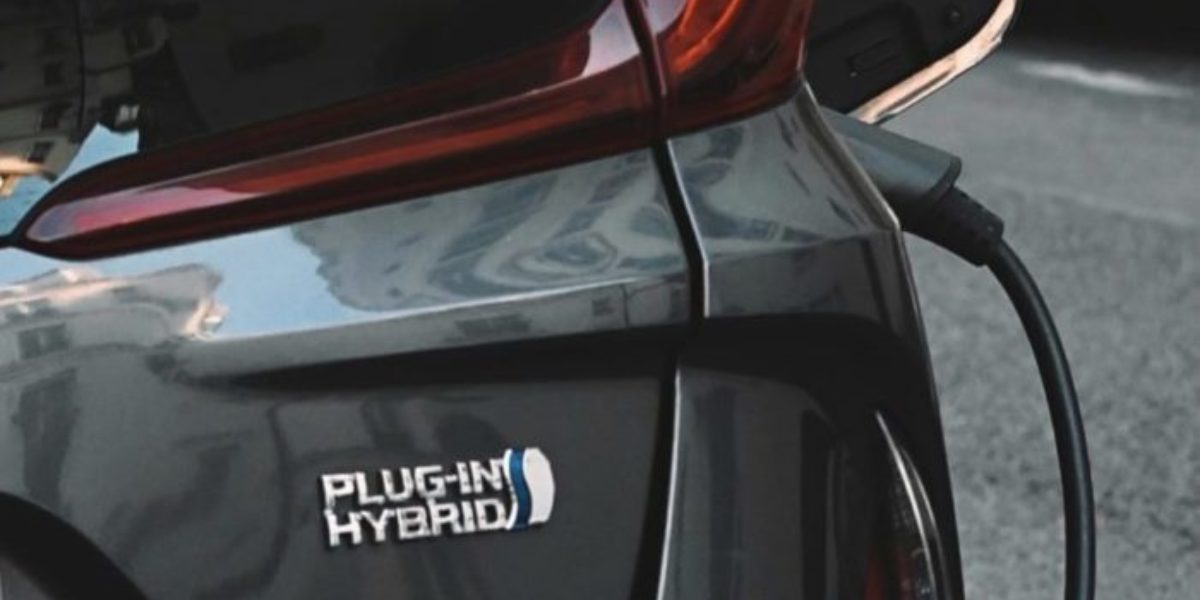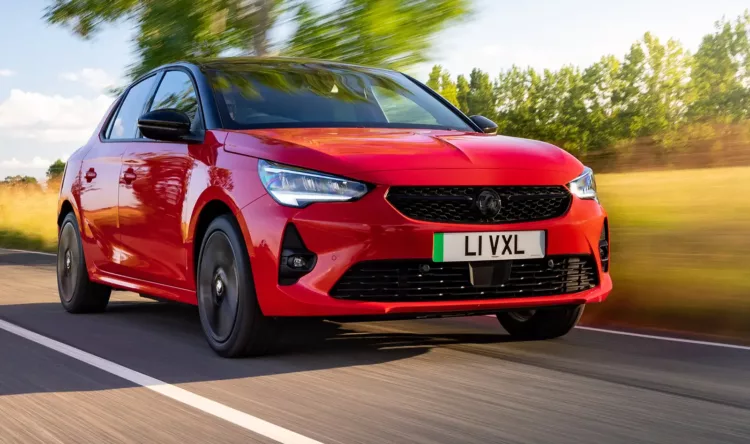Hybrids fuel concerns
PHEV models fail to live up to their economy figures
The fuel consumption of plug-in hybrid (PHEV) models is 61% lower, on average, than official figures suggest.
These are the conclusions in a new independent test by Which? magazine. They put twenty two PHEV models through the “more stringent” laboratory test and their results have raised concerns over the validity of the official testing regime.
Real world driving
The cars were all tested on a variety of roads, including motorways, but with their batteries in varying states of charge. Which? claims that each model was driven 62 miles.
“A fuel-efficient plug-in hybrid vehicle is an attractive feature for prospective buyers. Many will expect to spend less on fuel and reduce their carbon footprint. Yet our research shows many popular hybrid models are not as efficient as the manufacturer’s claim. It means motorists could be spending more on fuel than they anticipated,” said Natalie Hitchins, head of home products and services at Which?.
“It is clear that the standard set for calculating fuel efficiency rates is flawed and should be reviewed to reflect real-life driving conditions. This would ensure manufacturers advertise more accurate rates and consumers have an accurate understanding,” she added.
Best of both worlds?
The sale of PHEVs has increased by more than 90% in a year to 66,000 in 2020. They are a useful halfway house between petrol/diesel cars and their electric equivalents. By combining power systems, fuel economy improves while emissions reduce in urban areas.
The best performing vehicle in the Which? test was the Toyota Prius. It achieved 114mpg versus the official 188.3mpg claimed figure – a difference of 39%.
BMW’s X5 plug-in hybrid was the furthest from its official figure of 188.3mpg. It returned just 52.8mpg in the Which? test.
The right direction
Manufacturers are legally required to test their vehicles to the same WLTP standard, that is verified by government authorities. The car companies must use these figures in their advertising.
Mike Hawes, SMMT chief executive, said: “There will, however, always be a difference between lab tests and real-world use. Fuel use varies greatly depending on the type of journey made, the conditions, driving stye, load and other factors. This is why the WLTP test is a standardised test designed to overcome these variables and provide consumers with accurate and comparable results across all vehicles.
“The WLTP tests consistently demonstrate that plug-in hybrids (PHEVs) offer comparable range to pure petrol or diesel equivalents but deliver substantial emission reductions. The zero emission range is typically 25-40 miles, which is more than ample given that 94% of UK car journeys are less than 25 miles. PHEV range and performance will continue to improve meaning that, for many drivers, they are the essential stepping-stone to a fully electric vehicle.”







